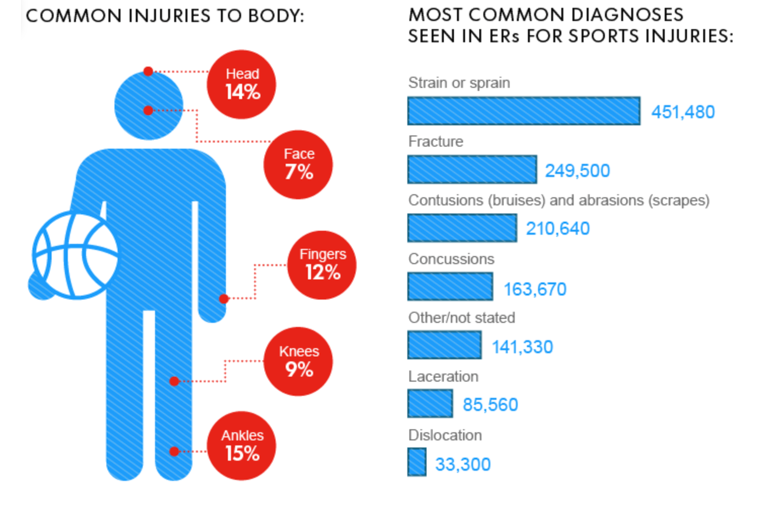A new addiction
March 8, 2018
Injuries, they seem like a given. In a contact sport, you are bound to get injured. When an athlete makes the choice to participate in a sport, they are putting themselves at a risk they are aware of from the very beginning.
When you are repeatedly injured, you learn how to push through the pain or understand when to give yourself a rest. Sometimes the severity of an injury is gauged by physical appearance. A bone protruding from a player’s ankle is probably worse than one with only bruising.
But what if it’s not an injury that can be seen, like a traumatic brain injury? If the incident that caused it doesn’t seem serious or harmful, it can go undiagnosed for a longer period of time. Intense migraines can be brushed off, faintness
and nausea can be chalked up to many different ailments.
Two-hundred and eighty-one.
That’s how many concussions were reported by the NFL from preseason to the end of the regular season. And each of these was compiled into a video called “Concussion Protocol” by the video group Field of Vision. Released in February the week leading up to Super Bowl 52, it drew attention to an issue that is constantly being skirted around and dealt with halfheartedly.
In under six minutes, you are taken on a nauseating journey, portrayed in slow motion, reverse and one final fast-paced flip through each and every single one of these 281 concussions. I watched the video and my toes curled as players’ skulls cracked against each other, slammed onto the turf and helmets flew off from the impact.
Football players are seen as the toughest of tough. They are constantly being beaten up in practices and games and never seem to be affected by a large defensive end smashing them to the ground. So it was stomach churning to see these men, who embody macho masculinity, collapse helplessly on the field.
One player lies in the end zone, hands shaking spastically as he attempts to reach out to the referee standing over him.
Another stands, falls. Takes two steps, falls. One more attempt before crumbling on the ground. Players and coaches encircle their fallen team member before he’s carried out on a stretcher.
Yet people hardly react when these occur on game day. And the first reaction to any injury is almost always selfish.
“What is the team going to do without him?”
“Our playoff chances are gone with him out!”
A man goes down and hardly any thought is put into the impact this will have on his career and life. The player who was shown on the ground shaking, Houston Texans quarterback Tom Savage, returned to the game after being cleared by a neurotrauma consultant. He later left the game after being re-evaluated and being diagnosed with a concussion.
The effects of concussions are long-lasting. Migraines linger, mental issues can develop and in the worst case scenarios Chronic Traumatic Encephalopathy (CTE) can occur. According to Boston University’s CTE Research Center, CTE is a degenerative brain disease caused by repetitive trauma to the head.
“The brain degeneration is associated with common symptoms of CTE including memory loss, confusion, impaired judgment, impulse control problems, aggression, depression, suicidality, parkinsonism and eventually progressive dementia,” its website said.
You still may think that these athletes sign up knowing the consequences. But when you fall in love with a sport, you can’t stop. It’s addictive, the endorphins giving off a natural high. Pain is worth it when something becomes what your life is centered around, your livelihood.
America would all but revolt if football was banned for the awful, extreme consequences concussions have on players young and old. So why not be proactive?
Push back the age that players can begin playing tackle football, enforce a stricter protocol, take those suffering seriously instead of brushing their struggles off as a simple headache.
If you still are unconvinced, at least watch “Concussion Protocol and witness the horrors present in professional athletics.








